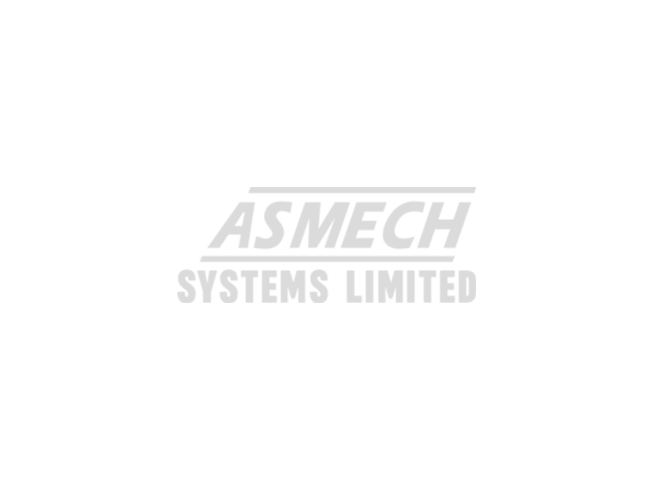The transfer of foodstuffs, equipment, packaging and personnel from ‘low risk to high risk’ areas within a food factory has always represented a challenge for food producers. Strict procedures to meet the required standards for the transfer of personnel have long been in place. However, the transfer of foodstuffs, equipment and packaging still poses a significant problem and threat to bio safety.
The definition of a high risk area is “A physically segregated area, designed to high standards of hygiene, where practices relating to personnel, ingredients, equipment, packaging and environment aim to prevent product contamination by pathogenic micro-organisms”. There are several methods for conducting the transfer of components into a ‘high risk’ area, however some of the more commonly used methods also pose a number of challenges.
According to ‘Tesco`s Food Manufacturing Standard’, there are several options available to food producers when it comes to low risk to high risk transfer.
The two main options are to utilise either a thermal treatment or a non-thermal treatment. For some products and food components the thermal treatment methods are the most obvious option.
However, the majority of the food produced in the UK cannot be heat-treated. Trying to bring a bag of frozen produce into the high-risk area, for example, can for obvious reasons not be handled in this way.
If food producers want to be ahead of the curve and respond to the ever more demanding consumer, the implementation of UV-C Decontamination Tunnels for low risk to high risk transfer can be an important step in this quest and can also provide a competitive advantage


